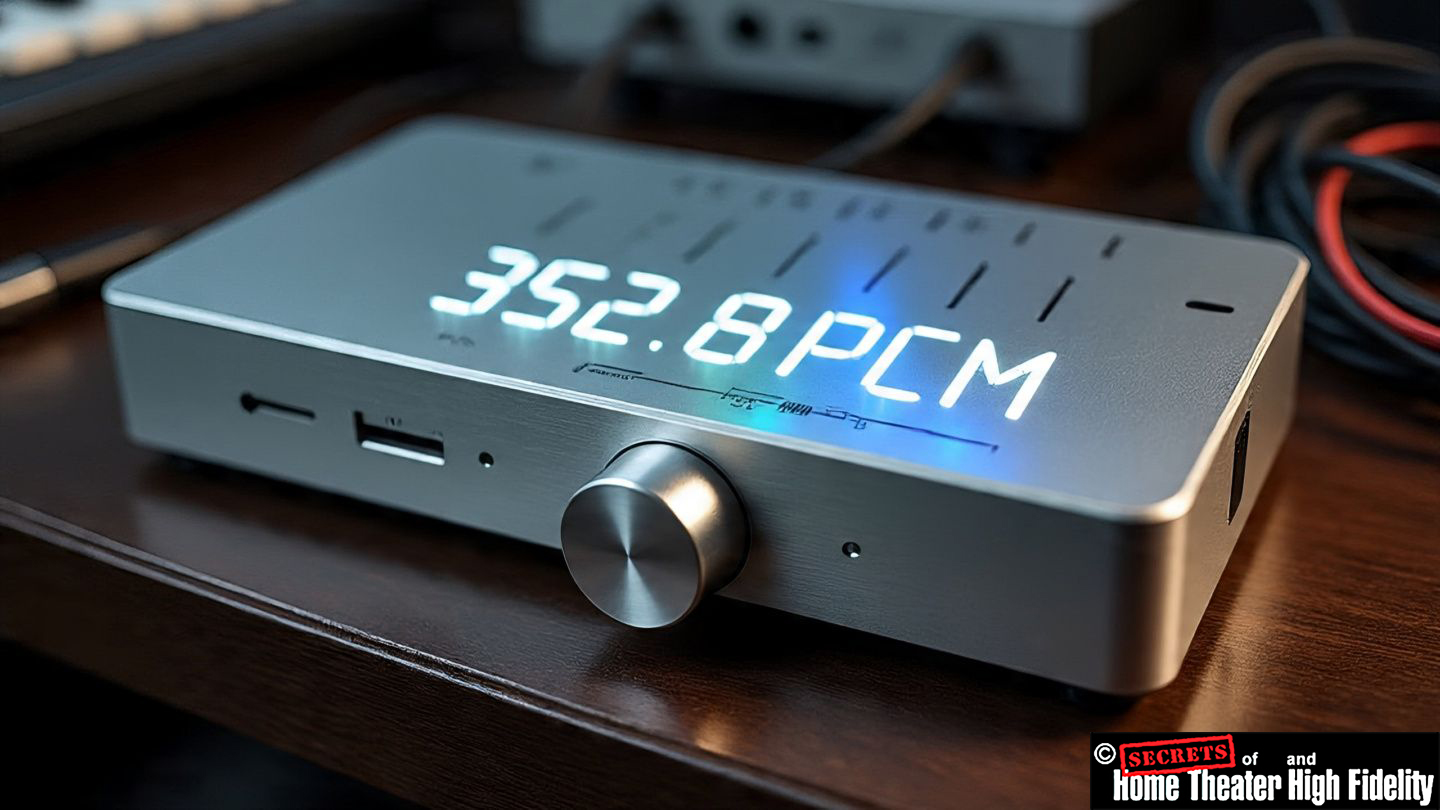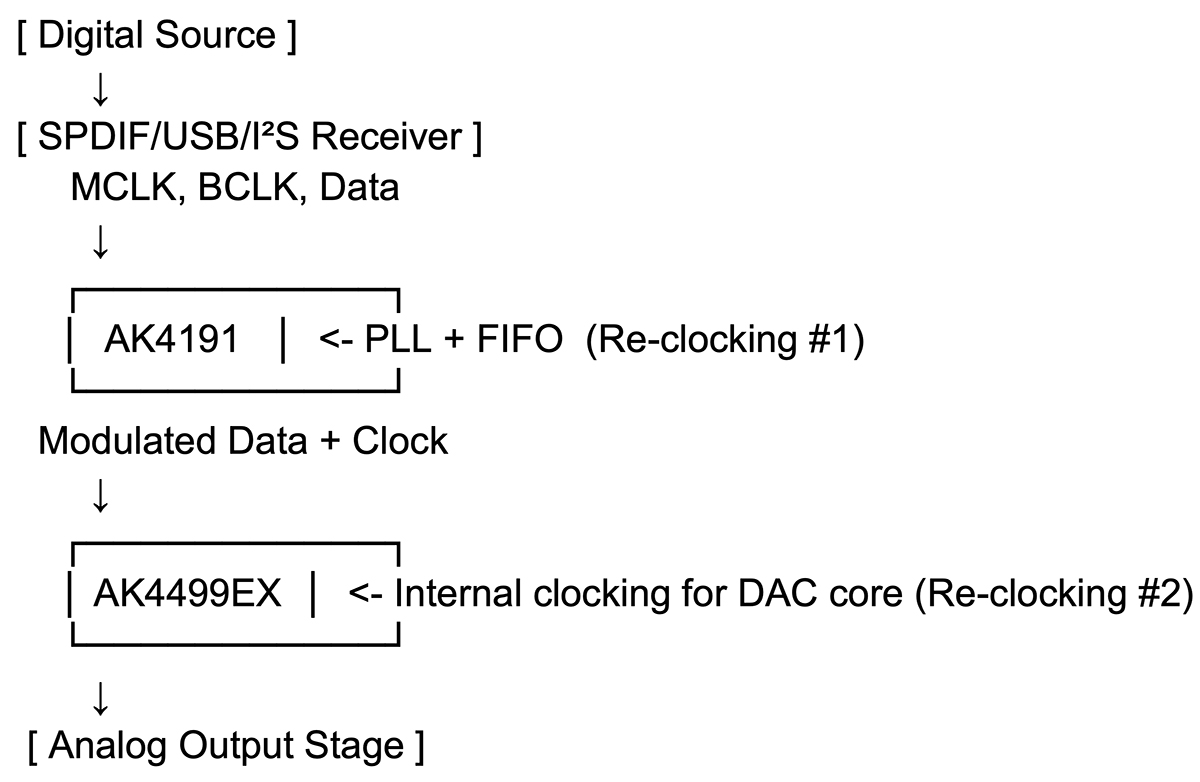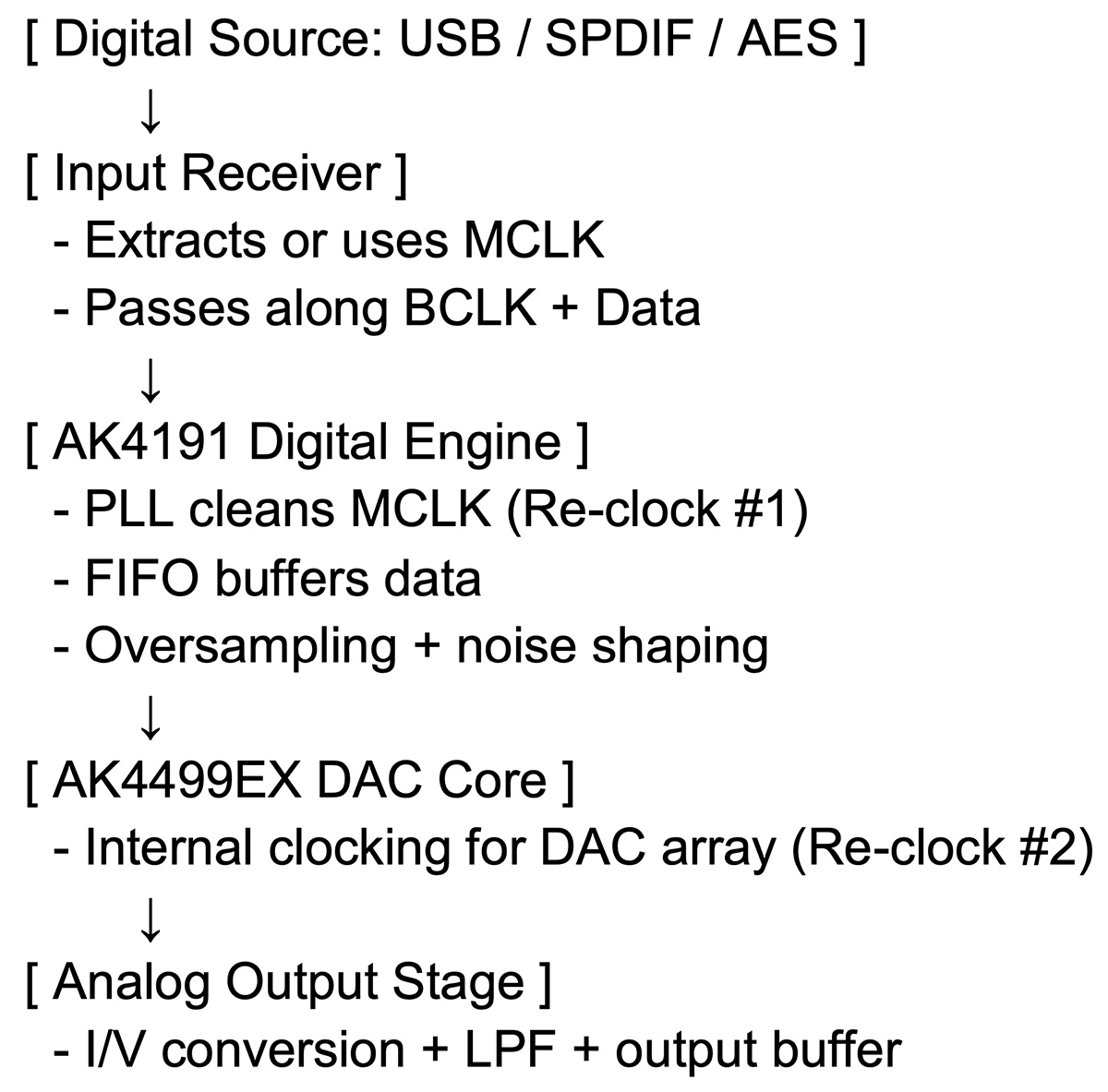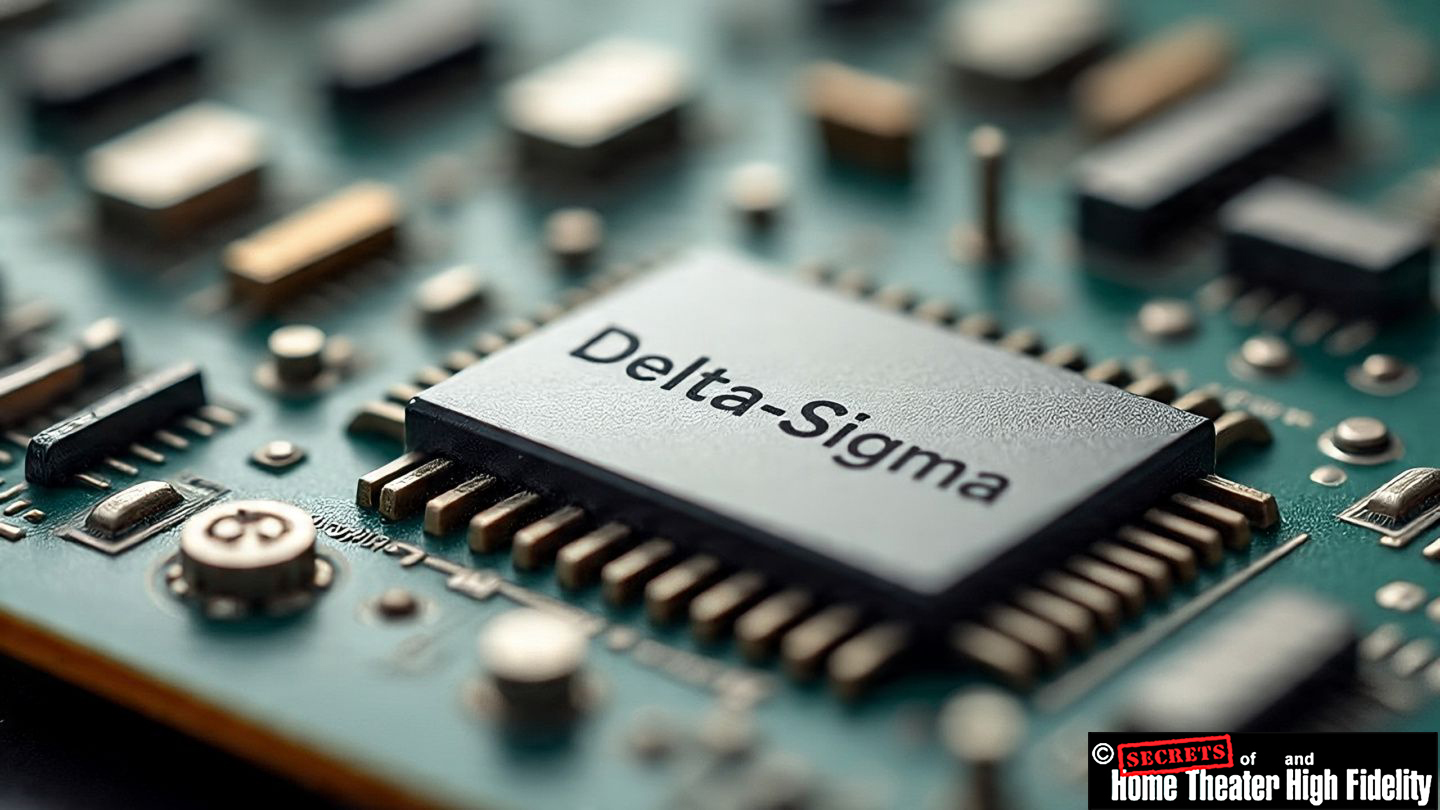Instead, the premium is usually due to a combination of luxury build, exotic engineering choices, and market positioning, rather than a strictly measurable jump in fidelity. Yes, this sounds like I am stating the obvious or espousing some sorely needed common sense, but these sorts of things occasionally bear repeating. And, as with many aspects of the high-end or luxury marketplace, the allure of a product is not solely about raw performance. Here’s a breakdown of what you often find inside (and around) ultra-high-end DACs:
1. Enclosure & Mechanical Engineering
● Machined billet aluminum or copper chassis weighing tens of kilograms for vibration damping.
● Separate mechanical chambers for digital, analog, and power circuits to reduce electromagnetic interference (EMI).
● Exotic materials like bronze feet, panzerholz (dense wood), or constrained-layer damping to absorb micro-vibrations.
2. Power Supply Overkill
● Multiple linear power supplies with large toroidal transformers, sometimes one per circuit block.
● Battery-based supplies or supercapacitor banks for ultra-low ripple.
● Separate, isolated power rails for digital logic, clock, and analog output stages.
● Premium capacitors (e.g., Mundorf, Nichicon Muse) and discrete voltage regulators.
3. Clocking & Jitter Control
● Ultra-low phase-noise master clocks (OCXO, Rubidium, or GPS-disciplined).
● Multiple re-clocking stages to eliminate jitter from incoming digital signals.
● Clock modules cost hundreds or thousands alone.
4. Conversion Stage
● Instead of using an off-the-shelf DAC IC, some use:
- Discrete R-2R resistor ladders hand-matched to 0.01% or better.
- Custom FPGA-based conversion with proprietary digital filters.
- Hybrid architectures with DSP-based oversampling followed by discrete analog stages.
5. Analog Output Stage
● Fully discrete Class A topology.
● Transformer-coupled outputs with custom-wound cores.
● Boutique op-amps or discrete modules (e.g., Sparkos, Burson, or proprietary designs).
● Silver-plated or OCC copper signal paths.
● Over-spec’d heat sinking for low thermal drift.
6. Channel Isolation & Multi-Chassis Designs
● Dual-mono construction – two DACs in one, with independent power and chassis for each channel.
● Some $40k DACs are split into three boxes: a digital processor, a clock unit, and an analog stage.
7. Luxury Positioning
● Limited production runs – each unit might be hand-assembled, tested, and tuned.
● Prestige pricing: In the ultra-luxury segment, price itself is part of the brand image.
● Sculpted industrial design to match $100k+ amplifiers and speakers in the same brand ecosystem.
8. Marginal Performance Gains
● You might get slightly lower jitter, noise, or distortion, but the difference is often inaudible compared to a $1,000 “measurement-grade” DAC.
● Most of what you’re paying for is:
- Build quality
- Extreme attention to detail
- Long-term reliability
- Exclusivity
DAC chips such as the AKM AK4191 (digital processing + delta-sigma modulator) and AK4499EX (analog conversion) do include internal clock management and buffering, which can have a limited re-clocking effect. However, they don’t replace the kind of dedicated, ultra-low-jitter master clocking you see in high-end DACs.
Secrets Sponsor
How re-clocking works in these chips
● AK4191:
- Receives the incoming digital audio data (I2S, TDM, etc.) along with a bit clock (BCLK) and a master clock (MCLK). (See NOTES for definition of I2S)
- Uses phase-locked loops (PLLs) and digital buffering to align internal processing to its timing domain.
- Can perform digital filtering and oversampling with internal timing before sending the modulated signal to the AK4499EX.
● AK4499EX:
- Takes the delta-sigma modulated data from the AK4191.
- Has its internal clock recovery circuitry to ensure the analog output stage is driven synchronously.
- Buffers and re-times the incoming stream to reduce short-term jitter sensitivity.
What this means in practice
● Yes — these chips do re-clock internally, but:
- They rely on the quality of the incoming MCLK or their PLL’s ability to clean it.
- The on-chip PLL is suitable for normal use but not as good as a dedicated, ultra-low phase noise external clock.
- Any jitter on the master clock that makes it through the PLL will still influence the final output.
Why high-end DACs add external re-clocking
Even though AKM’s internal PLL and buffering remove a lot of high-frequency jitter, high-end designs often:
● Re-clock the I2S stream with a femtosecond-grade oscillator before it even reaches the AK4191.
● Isolate the USB or S/PDIF input from the DAC stage using asynchronous sample rate conversion (ASRC) or FIFO buffers with independent clocks.
● Use dedicated master clock modules (OCXO or similar) located as close as possible to the DAC chip to minimize phase noise.
Bottom line
● Built-in: AK4191 + AK4499EX already have internal PLLs and buffers that do re-clock in the sense of re-aligning the data to the chip’s internal timing.
● Not built-in: They don’t have the same kind of ultra-low-jitter, multi-stage re-clocking circuitry found in $10k+ DACs with separate clock boards.
● Impact: A well-implemented external clock system can make a measurable difference, but for most listeners, the chip’s internal system is already excellent.
Secrets Sponsor
Follow-up:
Here’s the clock signal path for the AKM AK4191 + AK4499EX pair, showing where the built-in re-clocking happens and where an external clock can still improve things.
1. External Digital Input Stage
(USB, SPDIF, AES, I2S from streamer or transport)
● BCLK (bit clock) and MCLK (master clock) arrive along with the digital audio data.
● If the DAC uses asynchronous USB, the incoming clock from the computer isn’t used directly — the DAC’s own clock drives the transfer.
● If using SPDIF/AES without ASRC, the receiver chip extracts the clock from the data stream, which is more jitter-prone.
2. Into the AK4191 (Digital Engine & Modulator)
● The AK4191 locks to MCLK using an on-chip PLL (phase-locked loop).
● Re-clocking #1:
- The PLL regenerates an internal master clock from the incoming one, filtering out some jitter.
- The digital audio samples are loaded into internal FIFO buffers and read out with the regenerated clock.
● The AK4191 then oversamples and noise-shapes the data, producing a Delta-Sigma modulated stream for the AK4499EX.
3. From AK4191 → AK4499EX
● The modulated stream and clock are passed via a short, low-jitter internal connection (often on the same PCB, sometimes within the same package if multi- chip module).
● The AK4499EX has its own internal clocking logic to drive the switched capacitor arrays in the DAC core.
● Re-clocking #2:
- Data is latched into the DAC at the timing dictated by the internal clock domain, further isolating from small jitter components.
4. Inside the AK4499EX (Analog Conversion Stage)
● Uses the internal regenerated clock to time the switching of the DAC elements (either multi-bit or segmented architecture).
● The analog output stage runs from ultra-stable local power rails but is still synchronized to this regenerated clock.
Where External Clocks Can Still Improve Things
● Before the AK4191:
- If the incoming MCLK is already ultra-low-phase-noise, the PLL in the AK4191 has less work to do and passes along an even cleaner timing reference.
● Bypassing incoming clock jitter entirely:
- Many high-end DACs use an asynchronous FIFO re-clocker before the AK4191, clocked by a femtosecond-grade oscillator right next to the DAC chips.
● Dedicated Master Clock Units:
- OCXO, Rubidium, or GPS-disciplined clock generators feeding the DAC directly instead of relying on whatever comes over USB or SPDIF.
Here’s a side-by-side diagram so you can see how the AKM AK4191 + AK4499EX pair works in a typical DAC vs. how a $20k–$40k ultra-high-end DAC implements extra reclocking stages and isolation.
A. Typical $1k DAC Using AK4191 + AK4499EX
Pros:
● Good jitter suppression via internal PLLs and FIFO.
● Meets or exceeds human hearing limits for most users.
Limitations:
● Still depends on incoming MCLK quality.
● PLLs aren’t as clean as dedicated femtosecond oscillators.
● Digital and analog sections often share a single chassis and power supply.
B. Ultra-High-End $40k DAC Implementation
Extra High-End Elements:
● Multiple re-clocking points to ensure jitter never propagates.
● Independent master clocks per channel to eliminate crosstalk.
● Galvanic isolation so no upstream electrical noise leaks in.
● Dual-mono layout to physically and electrically separate left/right.
● Dedicated linear power supplies for digital, clock, and analog sections.
Key Takeaway
In the $1k DAC, the AKM chips themselves do a decent job of re-clocking, but the entire system still depends on the quality of the incoming clock.
In a $40k DAC, the chips are fed with an already pristine clock from the moment the data enters the chassis — and they get it from multiple OCXO-grade oscillators, often on a physically isolated board, with re-clocking stages before and after the digital engine.
NOTES:
I2S (Inter-IC Sound) is a digital audio interface standard used to connect components inside a DAC (or between a DAC and another device like a DSP or microcontroller) so they can exchange PCM audio data.
Here’s the breakdown:
1. Purpose
● It carries raw, uncompressed PCM audio samples from one chip to another— such as from a digital audio source chip to a DAC chip—without any extra metadata or formatting like in S/PDIF or HDMI.
● Designed for short distances on the same circuit board, not for long cables.
2. Signals
An I2S connection usually has three main lines (sometimes a fourth for master clock):
● BCLK (Bit Clock) – ticks for each data bit transferred.
● LRCLK (Word Select / Left-Right Clock) – tells the DAC whether the bits belong to the left or right audio channel.
● DATA – the actual PCM audio bits, most significant bit (MSB) first.
● (Optional) MCLK (Master Clock) – a high-frequency reference clock, often a multiple of the sample rate, used in some DACs for internal timing.
3. How it works
● The digital source sets LRCLK high or low to indicate “left” or “right” channel.
● For each LRCLK period, BCLK ticks out the bits of that channel’s sample.
● The DAC collects the bits until the sample is complete, then converts it to analog.
4. Why it matters in DACs
● Almost all modern DAC chips use I2S (or a close variant) as their native input.
● Even when you feed a DAC over USB, S/PDIF, or AES/EBU, the receiver chip will usually convert that incoming stream to I2S internally before sending it to the DAC core.
So – – – –
● A $20,000 DAC doesn’t deliver 20× the objective performance of a $1,000 DAC — physics doesn’t allow that. Shocking, I know. Instead, you’re paying for over- engineered design (not necessarily a bad thing), exotic materials, obsessive manufacturing tolerances, and luxury market positioning. The sonic difference may be subtle or even negligible, but the ownership experience, physical presence, and perceived exclusivity are the real “product.” There is nothing wrong with that aspect of luxury hi-fi either. It’s just important to be clear-eyed about what one is getting and why. While you certainly don’t need it, if you ultimately can and want to get that luxury DAC, go for it! Consider it just like you might purchase a $30,000 mechanical masterpiece watch from Switzerland.







